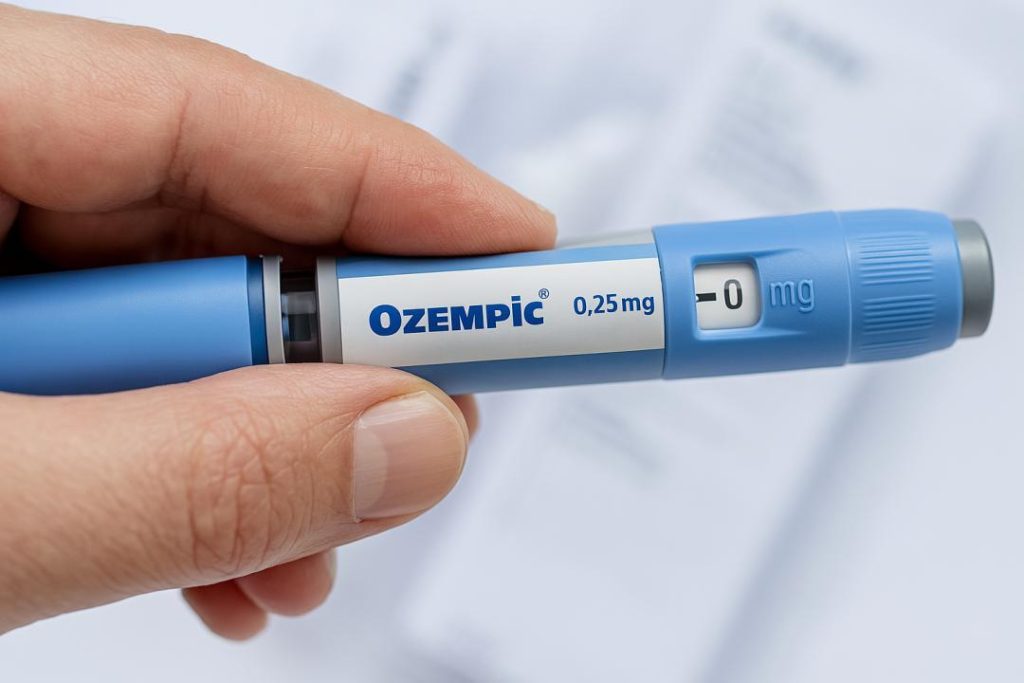
New Study Shows GLP-1 Drugs Raise Risk of Gallstones
In recent years, GLP-1 receptor agonists have become a popular treatment for type 2 diabetes and obesity. These medications work by mimicking the action of a natural hormone in the body, releasing insulin and suppressing appetite. While they have been shown to be effective in managing blood sugar levels and promoting weight loss, a new study suggests that they may also increase the risk of gallstones and acid reflux (GERD).
The study, published in the journal Gastroenterology, analyzed data from 55 clinical trials involving over 100,000 participants. The researchers found that individuals taking GLP-1 receptor agonists were more likely to develop gallstones and GERD compared to those not taking the medications.
Gallstones and GERD: What You Need to Know
Gallstones are small, hard deposits that form in the gallbladder, a small organ located under the liver. They are typically made up of cholesterol and bile salts, and can cause symptoms such as abdominal pain, nausea, and vomiting. GERD, on the other hand, is a condition in which stomach acid flows back up into the esophagus, causing heartburn, regurgitation, and difficulty swallowing.
While gallstones and GERD are relatively common conditions, they can be serious and even life-threatening if left untreated. In severe cases, gallstones can block the bile ducts, causing jaundice, and GERD can lead to esophagus damage and even cancer.
The Risk: How High is It?
The researchers behind the study found that the risk of gallstones was slightly increased in individuals taking GLP-1 receptor agonists. Specifically, they found that the risk of developing gallstones was 1.4 times higher in those taking the medications compared to those not taking them. The risk of GERD was also slightly increased, with the risk of developing the condition being 1.2 times higher in those taking GLP-1 receptor agonists.
While these risks may seem high, it’s important to note that they are relatively small. The study found that the risk of serious digestive issues, such as pancreatitis and bowel obstruction, was not significantly increased in individuals taking GLP-1 receptor agonists.
What Does This Mean for Patients?
The study’s findings do not necessarily mean that patients taking GLP-1 receptor agonists should stop taking their medications. Instead, they suggest that patients and healthcare providers should be aware of the potential risks and take steps to minimize them.
For patients taking GLP-1 receptor agonists, this may involve getting regular check-ups with their healthcare provider to monitor for signs of gallstones and GERD. It may also involve making lifestyle changes, such as eating a healthy diet and exercising regularly, to reduce the risk of developing these conditions.
Conclusion
GLP-1 receptor agonists are a valuable treatment option for many people with type 2 diabetes and obesity. While the study’s findings suggest that these medications may increase the risk of gallstones and GERD, the risks are relatively small and the benefits of treatment often outweigh the risks.
Healthcare providers and patients should be aware of the potential risks and take steps to minimize them. With proper monitoring and lifestyle changes, GLP-1 receptor agonists can be a safe and effective treatment option for many people.
Source
https://thepfc.club/blogs/news/what-you-need-to-know-about-glp-1-medications-side-effects






